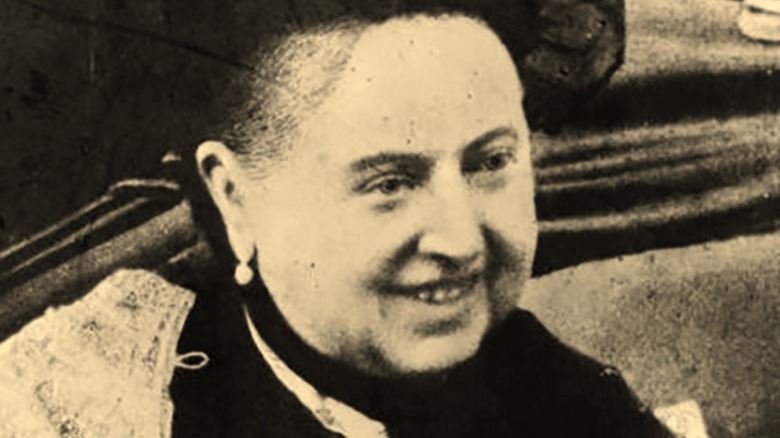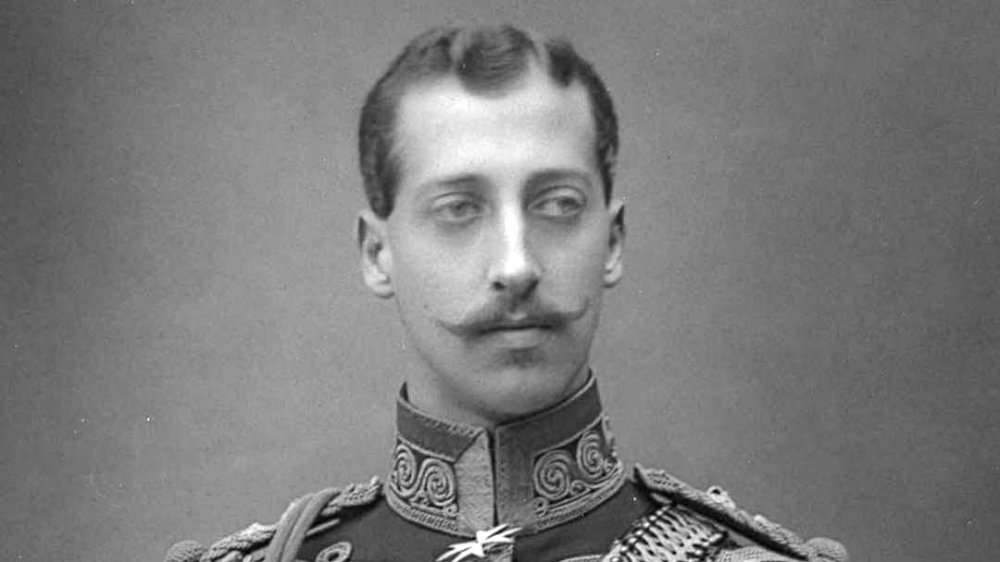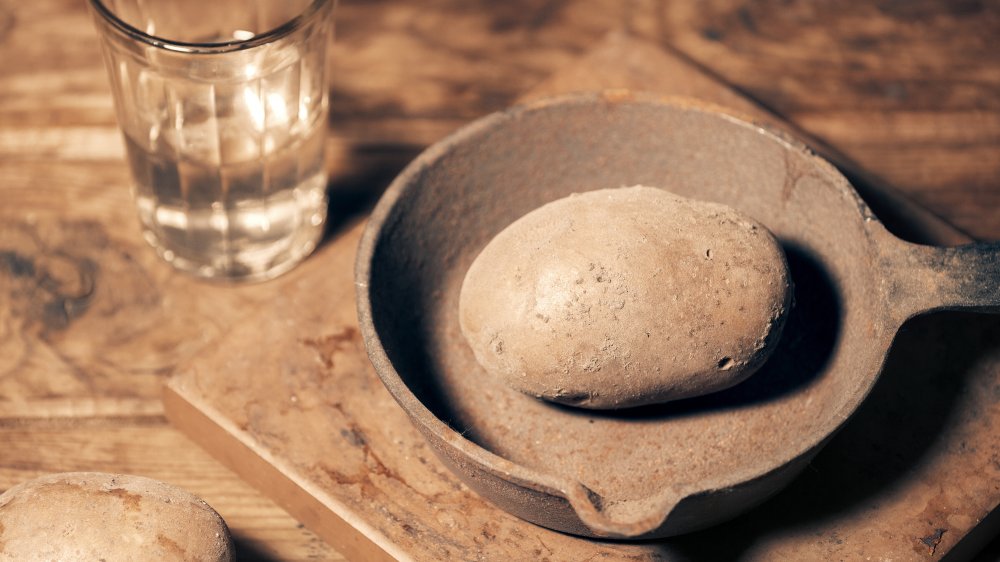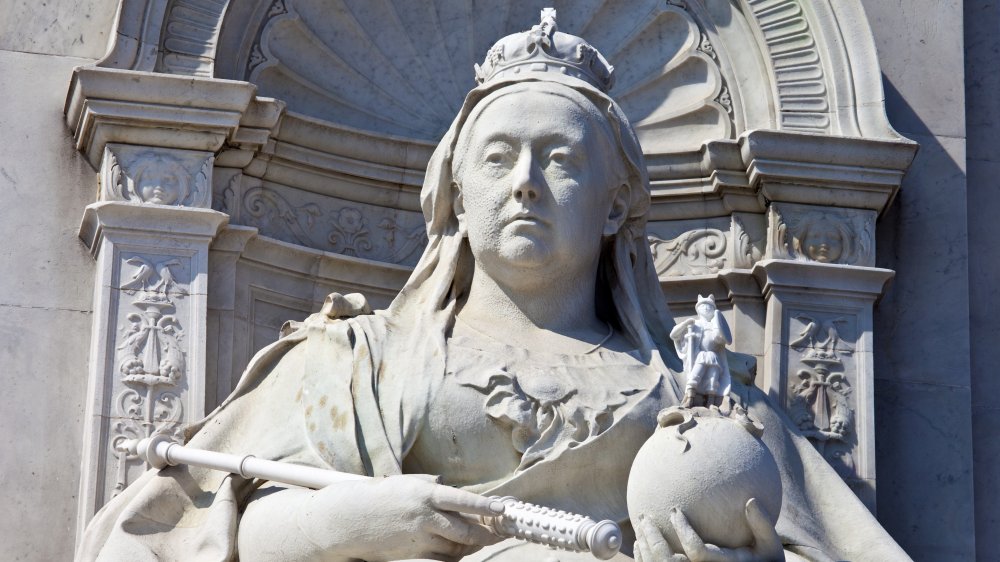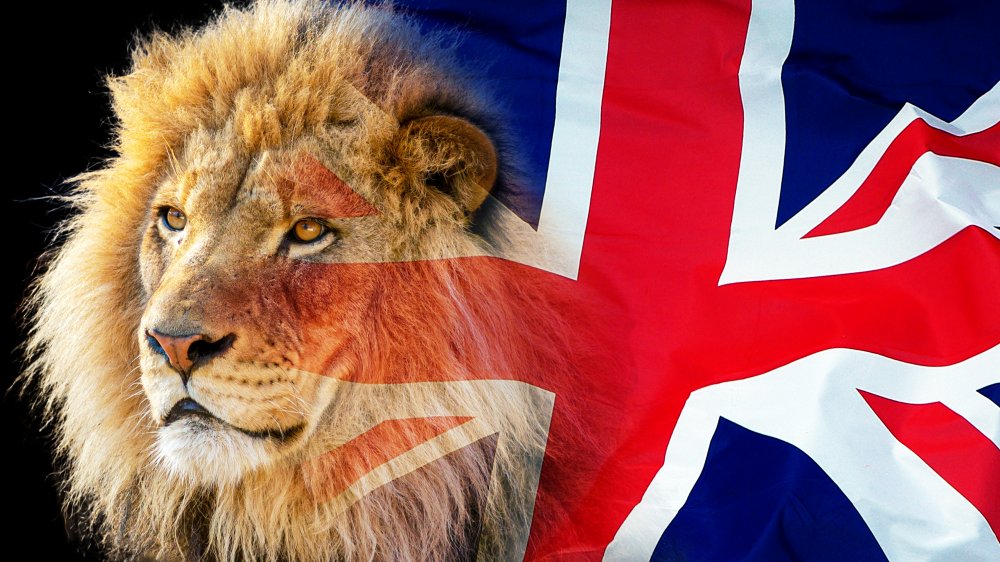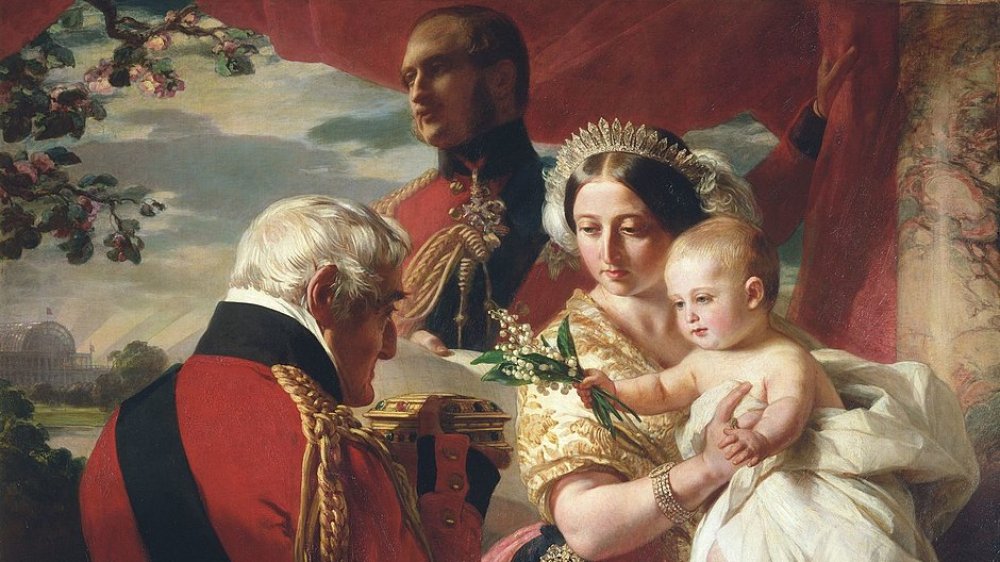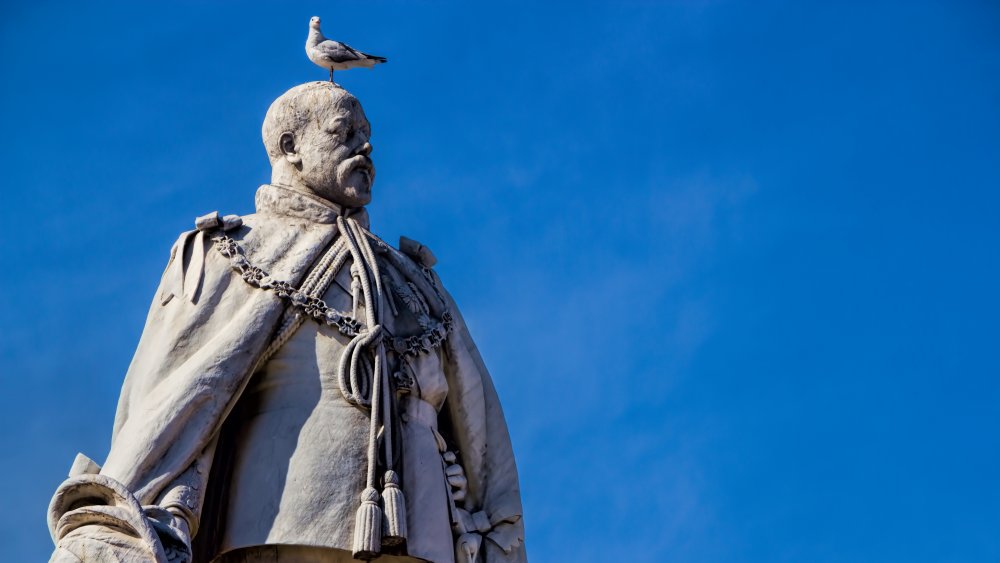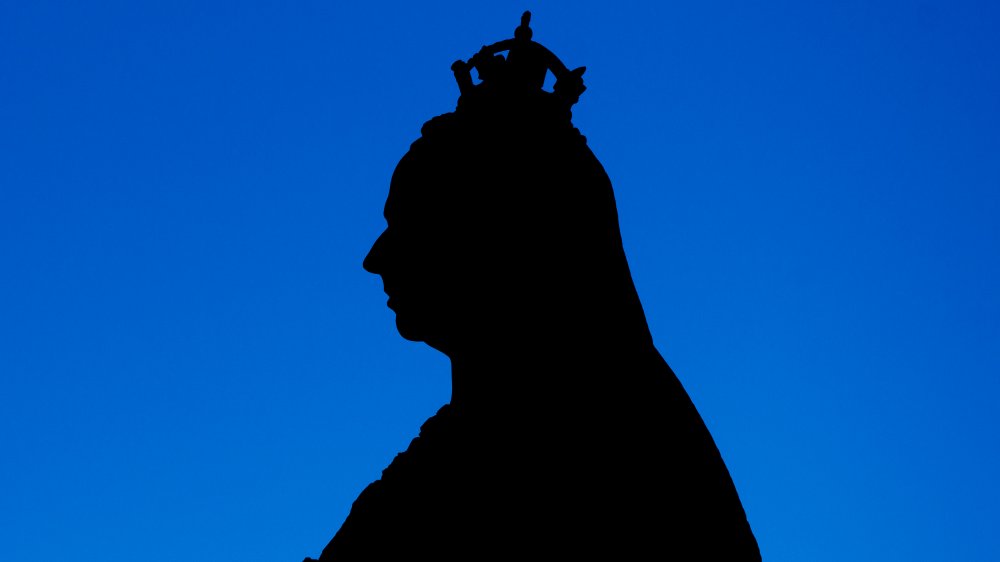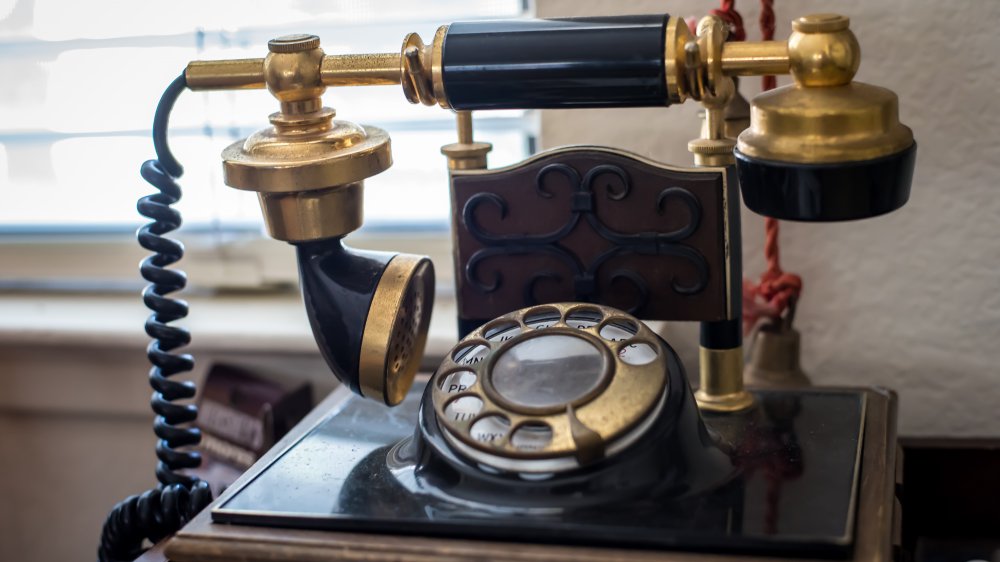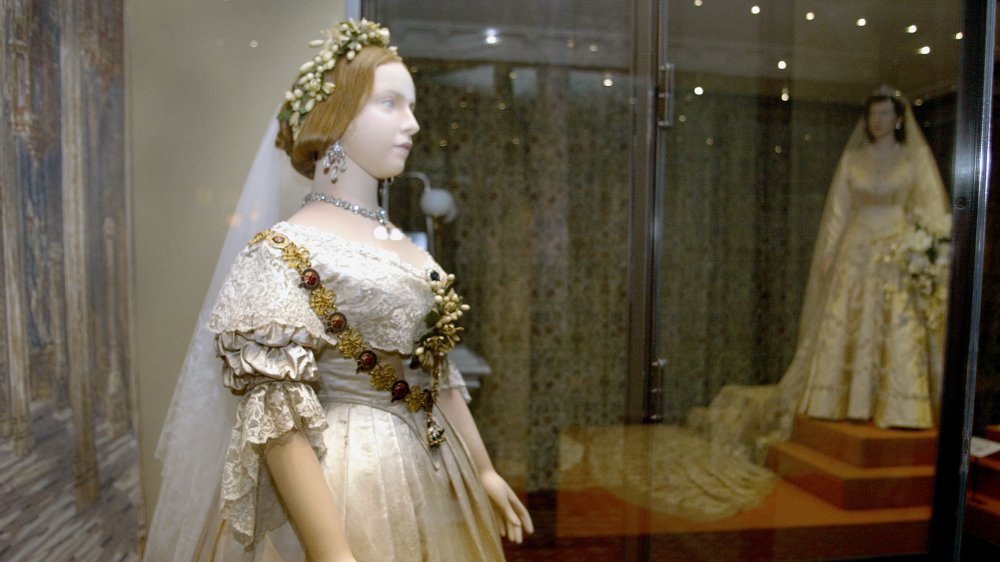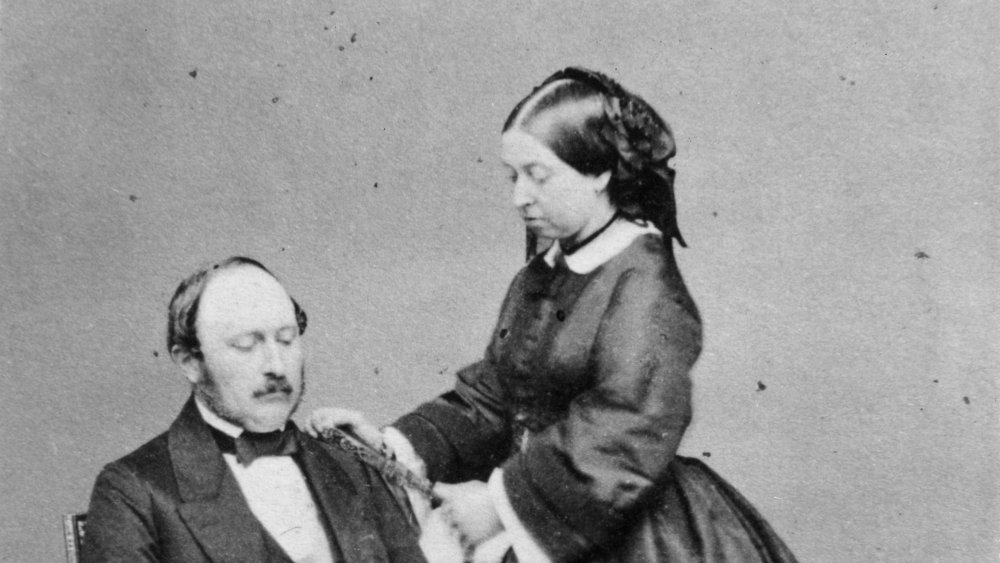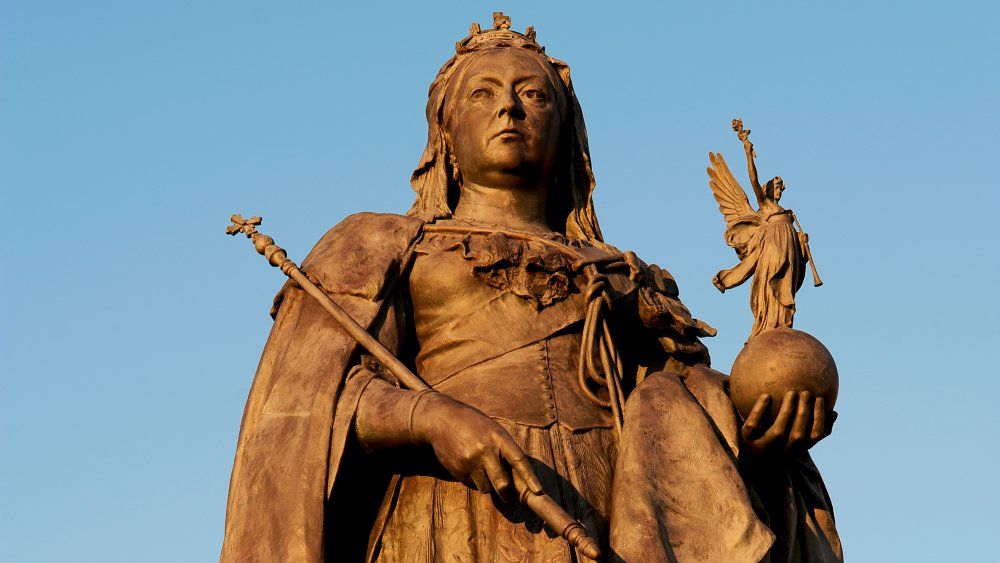The Messed Up Truth Of Queen Victoria
Whichever way you slice it being a queen is a pretty sweet deal. Owning a portfolio of palaces, ruling countries, being waited upon hand and foot, and having a steady income for life is a decent pay-off for being born into the right family at the right time.
Yet despite winning the lottery of life and never having to sweep floors or flip burgers for a living, it's not all a bed of roses and a bath of champagne for the blue-blooded brigade. No sir! History has repeatedly shown those appointed by God to rule over the commoners often have enough character flaws and bad traits to keep psychiatrists in business for an eternity.
Take Queen Victoria for instance. Scratch the surface of the official PR job and you'll find a cesspit of calamity and controversy bubbling beneath. It's fair to say her life was more than a little messed up. In the name of queen and country let's dig deep, hold our noses, and dive into this particular swamp together.
Queen Victoria's grandson might have been Jack the Ripper
Every family has a black sheep. It might be the slightly racist uncle, the cross-dressing granddad, or that distant cousin with a glass eye who grows award-winning turnips, yet just imagine if you were related to the most notorious serial killer in history?
According to History, there's a theory Victoria's grandson, Prince Albert Victor, was Jack the Ripper. Eddy, as he was affectionately known, was rumored to have contracted syphilis from a prostitute in the West Indies. Living in an age before penicillin was a bad time to be sexually irresponsible. STDs were rife and there was no easy cure. The story goes: as syphilis began to rot Eddy's brain, the playboy prince began taking his revenge by killing ladies of the night in London's East End. All That's Interesting reports there's another theory suggesting Eddy secretly impregnated and married a common Catholic girl from Whitechapel who was friends with the Ripper's victims. Apparently, in order to stop the scandal and silence everyone who knew about it, an "agent of the Royal Family" started slaying all the common tarts in the know. The Unredacted states Victoria's physician William Gull was rumored to carry out the dark deeds. This theory is also the basis for Alan Moore's graphic novel From Hell.
Of course, none of this can be proven, but Queen or no Queen, it's not a very nice skeleton to have in the family closet.
The Irish called Victoria 'The Famine Queen'
There was little love for Queen Victoria on the Emerald Isle. During her rule, the country suffered the darkest and most despair-riddled seven years in Irish history: the Great Hunger. This fierce and unforgiving famine caused the death of one million men, women, and children and caused a further million to forsake their native country and emigrate to distant shores.
According to Irish Central, the Queen did make a token gesture of donating £2,000 to aid victims of the famine, but it did more harm than good. As royal protocol dictated no one could appear more generous than the Queen, when the Sultan of Turkey offered £10,000 (nearly two million in today's coin), he was told to reduce it to below £2,000 so as not to offend Her Majesty. Historian Christine Kinealy explained, "There is no evidence that [Queen Victoria] had any real compassion for the Irish people in any way ... In her very long reign, she only visited Ireland four times and one of those times was 1849 when the famine was still raging but coming to an end. She didn't do anything..."
The suffragette and Irish revolutionary Maud Gonne was responsible for creating the nickname "The Famine Queen," and unfortunately for Queen Victoria, the unflattering moniker stuck.
A lot of people tried to kill Queen Victoria
You can't kill an idea and neither could they kill Queen Victoria. Despite a staggering eight assassination attempts on her life, the little lady (she was barely five feet tall) had a lot of heart and a survivor's soul. What doesn't kill you makes you stronger, and the attempts on her life actually boosted her popularity. The public loves an underdog and according to Smithsonian, Victoria herself took a philosophical view on the crazed and wild-eyed assassins who wanted to do her in, saying, "It is worth being shot at to see how much one is loved."
Her assassins were a mixed bunch of desperadoes who probably thought killing the monarch would land them in the history books. Instead, they failed and have all been consigned to the trash can of obscurity. The only assassin who came close to harming a hair on her head was in 1850 when a former soldier named Robert Pate decided to attack her. The bloodthirsty lout whacked the Queen over the head with an iron-tipped cane that left her bruised and battered but still very much alive and kicking. She made a point of appearing in public two hours later, because when you're a royal the show must go on.
History reports Pate got seven years in Tasmania's penal colony to reflect on his actions. The other would-be assassins were either exiled, imprisoned, or carted off to the asylum at Her Majesty's pleasure.
Hardcore colonialism was right up Queen Victoria's street
Victoria had an Indian servant called Abdul who she treated as an exotic pet. The Independent points out some royal-lovers use her relationship with Abdul to justify what a progressive Monarch she was, which is questionable at best. Although Queen Victoria was called Empress of Indian she never set foot in the country. The History Press states she regarded India as a remote and exotic place but one which also had to be ruled by the British. At its peak, the Empire included over 13 million square miles of territory and a quarter of the world's population.
But Britain's policy of colonialism did untold damage. The Conversation reports Abdul's fellow countrymen and women suffered terribly. In the years 1876-1879 and 1896-1902, 12 to 30 million Indians died from starvation. The UK benefited immensely from plundering India of all its loot. Al Jazeera reports renowned economist Utsa Patnaik calculated colonial Britain made nearly $45 trillion from India.
Indian MP Shashi Tharoor, author of Inglorious Empire: What the British Did to India, states the UK exploited India to economize its industrial revolution. British imperialism led to widespread poverty, famine, and genocide. While Queen Victoria had no say in government policy, she was the figurehead as the British Empire thrived and the inhabitants of the countries it occupied... didn't.
As a mum, Queen Victoria kind of sucked
As a child, Victoria was forced to adhere to the "Kensington System." According to Biography, it was devised by her mom's royal advisor, John Conroy. It fostered complete dependence upon her mother, kept interactions with other children to a minimum and isolated her from the world. The system forced Victoria to hold someone's hand every time she climbed the stairs, and she was made to share a bedroom with her mother until she became Queen. Victoria grew to loathe the repressive system and her mother for giving it the green light. However, the rot had already set in.
Her difficult upbringing had a detrimental effect on her relationship with her own children. She could be fiercely critical and an acid tongue. She even blamed her son Bertie for Albert's death, which she believed was caused by typhoid fever he contracted whilst visiting his troublesome son in Cambridge to give him a stern talking to. Apparently, the trip was cold, damp, and stressful.
According to Victoriana, she didn't think much of babies or pregnancy either. She branded it the "shadow side" of marital life and once wrote, "An ugly baby is a very nasty object — and the prettiest is frightful when undressed." According to the New York Times she once told her daughter childbirth was "a complete violence to all one's feelings of propriety." Mother earth she was not, but doctors have since suggested the nine-time mother was a sufferer of post-partum depression.
Victoria gave the world the Playboy King
Before Prince Andrew, there was Edward VII, The Playboy King. Bertie set a new royal standard in affairs, drinking, gambling, and basically being an extremely accomplished all-round ne'er-do-well. Bathing in champagne was one of his preferred pastimes and just the tip of a rather debauched iceberg. Being born in such a repressive society may have instilled a need in Bertie to rebel, but more likely an indulgent yet distant mother led to Bertie behaving like a hell-raising and party-loving rock star before the likes of Led Zeppelin had even strummed a chord, banged a drum, or screamed, "Oh baby, baby, baby."
According to Factinate, Bertie once remarked, "I don't mind praying to the eternal Father but I must be the only man in the country afflicted with an eternal mother." Like most people who act out, inside there was probably a little, lost child looking for the attention their parents never gave them. To rub salt into an already raging wound, Bertie also had to wait 60 long years before he got to step up to the throne and wear the crown. That's gotta hurt. Sadly for Bertie, his reign was rather short-lived compared to his mother's epic 63-year stint. After nine years, three months, and 12 days of rule, he died of pneumonia in 1910. The moral of the story is — mothers don't let your sons grow up to be cowboys or irresponsible and frustrated princes.
The curse of Queen Victoria
Queen Victoria was the first carrier of what was once referred to as the "royal curse." Today it has a name — hemophilia. But in Victoria's time, the blood clotting disorder was an unknown factor. All doctors knew was Victoria and many of her descendants inherited the "curse" which can lead to excessive bleeding and even death. Scientific American reports Victoria was afflicted with a very rare strain of hemophilia caused by a spontaneous mutation of the X chromosome. Since females possess two X chromosomes and males possess XY chromosomes, the disease is passed on by females who manifest no symptoms to male descendants who do. Her son Prince Leopold was the first of Victoria's line to inherit the "curse."
According to English Monarchs, Leopold was a sickly child and Victoria fretted about him constantly. Her worry was justified. After suffering a fit and hitting his head in the south of France in 1884, he died the following morning from a cerebral hemorrhage. He was just 30. Before his untimely death, Leopold fathered two children. His son was unaffected by the "curse" but his daughter Princess Alice of Albany became a carrier. She, in turn, passed it on to her son, Rupert Alexander George of Teck who would die from an intracerebral hemorrhage caused by a car crash. Through two of Queen Victoria's daughters, Princess Alice, and Beatrice, the "curse" spread into many of Europe's royal dynasties.
Getting high was a royal pastime
According to Historic UK, Victorian London was soaked in opium. The sailors who made their home in the East End had been smoking opium recreationally for years. Then opium dens became favored by aristocrats looking to forget reality. Oscar Wilde wrote, "There were opium dens where one could buy oblivion, dens of horror where the memory of old sins could be destroyed by the madness of sins that were new."
Ruling over all this chemical chaos was Queen Victoria, who was no stranger to mind-altering substances. The BBC reports she was rumored to use opium tinctures and once chewed cocaine-laced gum with a young Winston Churchill. But all that was legal. Where she shocked society was when she insisted on inhaling chloroform for 53 minutes from a handkerchief when she was in labor with her eighth child. According to the New York Times, she described it as, "Blessed chloroform, soothing, quieting and delightful beyond measure."
Her use of the drug went against medical advice. Doctors believed pain relief during birth was dangerous and would interfere with child labor. According to General Anaesthesia, prominent American obstetrician, Charles Meigs, even warned against, "Stopping the natural and physiological forces that the Divinity has ordained us to enjoy or to suffer." As someone with plenty of experience of giving birth, Victoria had no truck with such nonsense and told the doctors to bring on the happy juice. Her stubbornness helped pioneer the use of pain relief during pregnancy.
Alexander Graham Bell branded her 'humpy, dumpy, and stumpy'
It's difficult to imagine the awe with which the Victorians must have greeted the advent of the telephone. The ability, as The Telegraph reports one advertisement explained it at the time, to "converse miles apart, in precisely the same manner as though they were in the same room," must have appeared like a rare voodoo indeed.
For someone who ruled over the industrial revolution and was the first British royal to ride in a train, it's only fitting Queen Victoria had a ringside view of this high magic when it first changed the world. According to Island Echo, on January 14, 1878, Alexander Graham Bell conducted a significant moment in the smartphone and internet's origin story when he demonstrated exactly how the phone worked to Her Royal Highness. It was the first time the UK had publicly witnessed a long-term call and minds were blown and eyebrows raised. The Queen was so taken with Bell's invention she became the first European monarch to own one. God alone knows what she would have made of the World Wide Web and social media. Would she have been big on Twitter one wonders?
First impressions count, and after his initial meeting with the monarch, History Extra reports, Bell wrote a letter to his wife describing Victoria as, "humpy, stumpy, and dumpy," with "red, coarse, and fat hands" and a "fat and florid" face. It's not the most flowery description of a royal ever committed to paper.
She was a 'Goth' who invented white weddings
After the death of her beloved Albert in 1861, Queen Victoria stopped wearing colors pretty much forever and dressed like a crow every day. For 40 long years until her death in 1901, Queen Victoria presented herself to the world in 50 shades of black.
The Victorians could be inherently more gothic than the Cure's Robert Smith on a bad hangover. According to Inside Hook, they tended to romanticize pretty horrific things like tuberculosis, and looking like you were at death's door was often all the rage, so society tried to be pale, frail, and morbid. By committing herself to wear nothing but black widow's weeds, Queen Victoria provided a nation with a cast-iron template on how to be a moody Mary and diva of despair.
Such was her gothic greatness you could go out on a limb and call Queen Victoria the "Patron Saint of Goth." So strangely enough, Queen Victoria's greatest sartorial legacy was white wedding gowns. Vanity Fair reports as a 20-year-old blushing bride she started the fad for white weddings and single-handedly influenced nearly two centuries of what women wear when getting hitched. Billy Idol owes her royalties, no pun intended.
Queen Victoria was no prude
After proposing to her first cousin and getting hitched, Victoria and Albert went at it like bunny rabbits. Although Victorian society was deeply repressed and strait-laced, the lady herself loved a good time in the bedroom, evidenced by her nine pregnancies at regular intervals. Queen Victoria spent a lot of time with Albert between the sheets.
According to The Daily Beast, historians have often charged Victoria with having a rampant libido. It has even been suggested she was an insatiable predator who devoured her poor husband Albert. Yet such sexist slurs were purely the product of nineteenth-century thought which branded female desire as pathological. According to Victorian Era, women who expressed the merest curiosity in physical intimacy were classed as brazen nymphomaniacs who needed working upon. Queen Victoria's unbridled and passionate delight in expressing her love for her husband was countercultural. It was also quite touching and by today's standards, strangely quaint. New Zealand Herald reports a note from her diary the day after her wedding night reads, "I NEVER, NEVER spent such an evening! MY DEAREST, DEAR Albert sat on a footstool by my side, and his excessive love and affection gave me feelings of heavenly love and happiness I never could have hoped to have felt before. He clasped me in his arms, and we kissed each other again and again! Oh! This was the happiest day of my life!"
What's my name?
Perhaps the most famous Queen of England ever, the one who was the figurehead of its mighty Empire, wasn't even English. Teutonic blood flowed through Victoria's Hanoverian veins like the majestic sweep of the Rhine River. The throne passed to the solidly-German George I in 1714, and since then, the family only married other Germans. Victoria's mother was a German princess and for the first three years of the Monarch's life, not a word passed her lips unless it was German. Despite learning English, The Independent reports German remained Victoria's first language for the rest of her days and she and Albert would speak to each other in their native tongue during their marriage. During Victorian times the halls of Buckingham Palace would not have sounded a whole lot different to party hour at a Munich beer festival. When Victoria did speak English, so strong was her German accent, tutors were put on the payroll to curb it.
Victoria's surname Saxe-Coburg-Gotha also proved kind of tricky for her descendants when Britain went to war with Germany. So in 1917, it was declared all living male descendants of Victoria would go by the extremely English surname of Windsor. According to The Guardian, over the years their German roots were forgotten and Victoria and her heirs have since become an enduring symbol of all things British.
